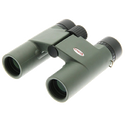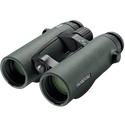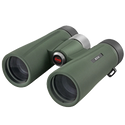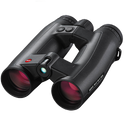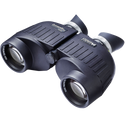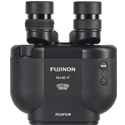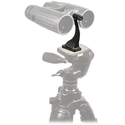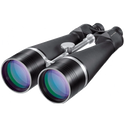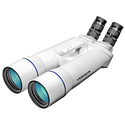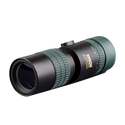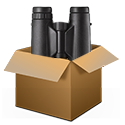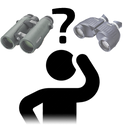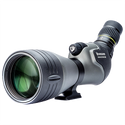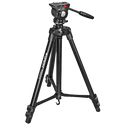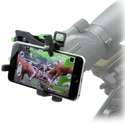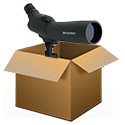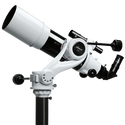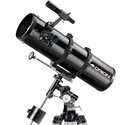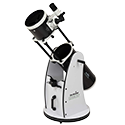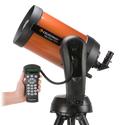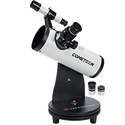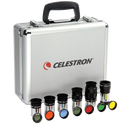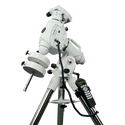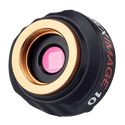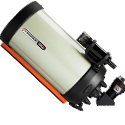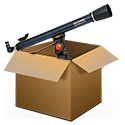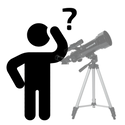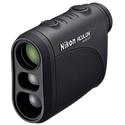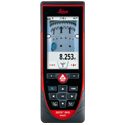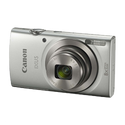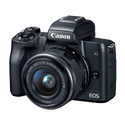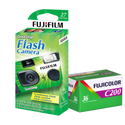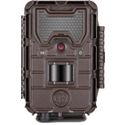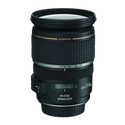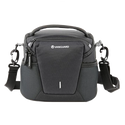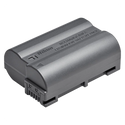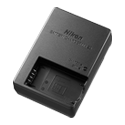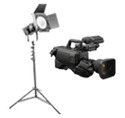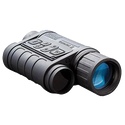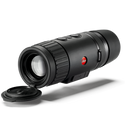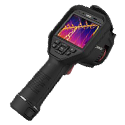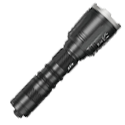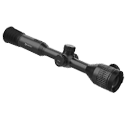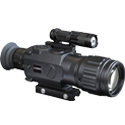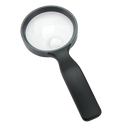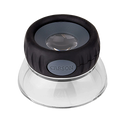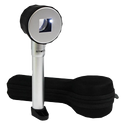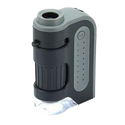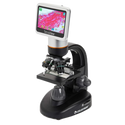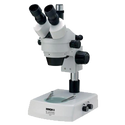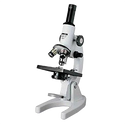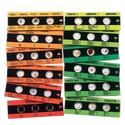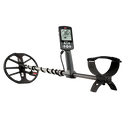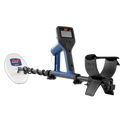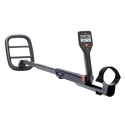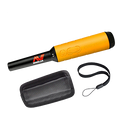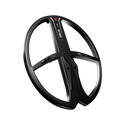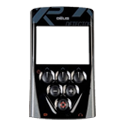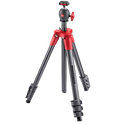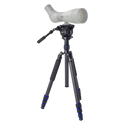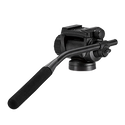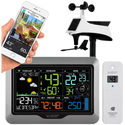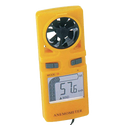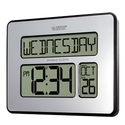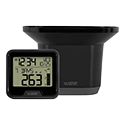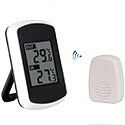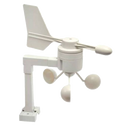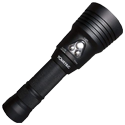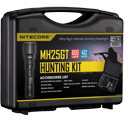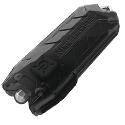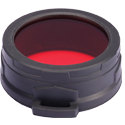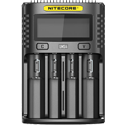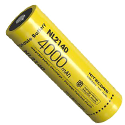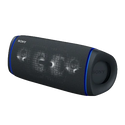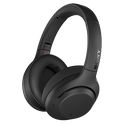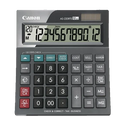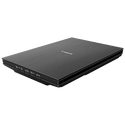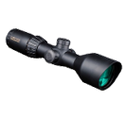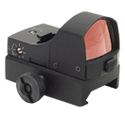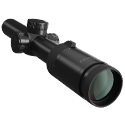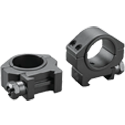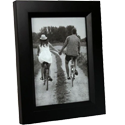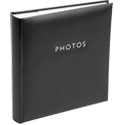Weather stations come in many shapes and sizes, offering a wide variety of functionality, at many different price points. If you're interested in a weather station, but you're not sure which would be best for you, keeping reading and we will go through the key questions, step by step.
Weather Station buying guide
What should I be looking for in a weather station?
Purpose
The first question to ask yourself is 'what is its purpose?'
A home weather station measures weather conditions constantly. This lets you monitor local weather patterns more closely than possible from regional weather reports i.e. radio or TV. For some people, monitoring the local climate is simply a hobby. Others may use weather stations to stay informed about weather conditions relevant to their work or other interests.
Measurement
The second question to ask yourself is 'what do I want to measure?'
Weather stations can collect various types of data. The most basic units will monitor temperature and air pressure, while more advanced units can gauge humidity, wind speed and direction, rainfall, UV radiation and more. Many other metrics can be derived from these, such as dew point, wind chill and relative humidity.
Alarms
If you need to be notified of weather conditions as soon as they happen, then consider a weather station with an alarm system. Certain stations like the Davis 6250 Vantage Vue can be programmed with alarms to warn of dangers like high winds, heavy rainfall or extreme temperatures.
Data Logging
Some stations can log their data, either to internal memory or push it through to an online service. Once the data is online you can access it from anywhere provided you have an internet connection, either through an app or a normal web browser.
Location
The third and final question to ask yourself is 'where can I install it?'
The available locations you can install a weather station are important. As to guarantee accurate data it needs to be as exposed as possible, not close to any ambient heat sources, but still close enough that it can communicate with its base station. Each manufacturer has their own specifications per model, but for the purpose of choosing a location use common sense. If you would like to measure the wind and sun, ensure it won't be shadowed by trees or buildings etc.
Mounting and Installation
Many people choose to install their weather station on a roof. This can be a great choice as many weather stations may be fitted onto tripods and poles designed for TV antennae and satellite dishes. In addition to basic tools you may also need a compass to make sure it's pointing true North when mounted.
Still need more help?
Browse weather stations
Our staff are experienced experts and would be more than happy to talk about options for you. Please call or email us today.
From commercial units, to tabletop stations we have the weather station to fit your needs.

